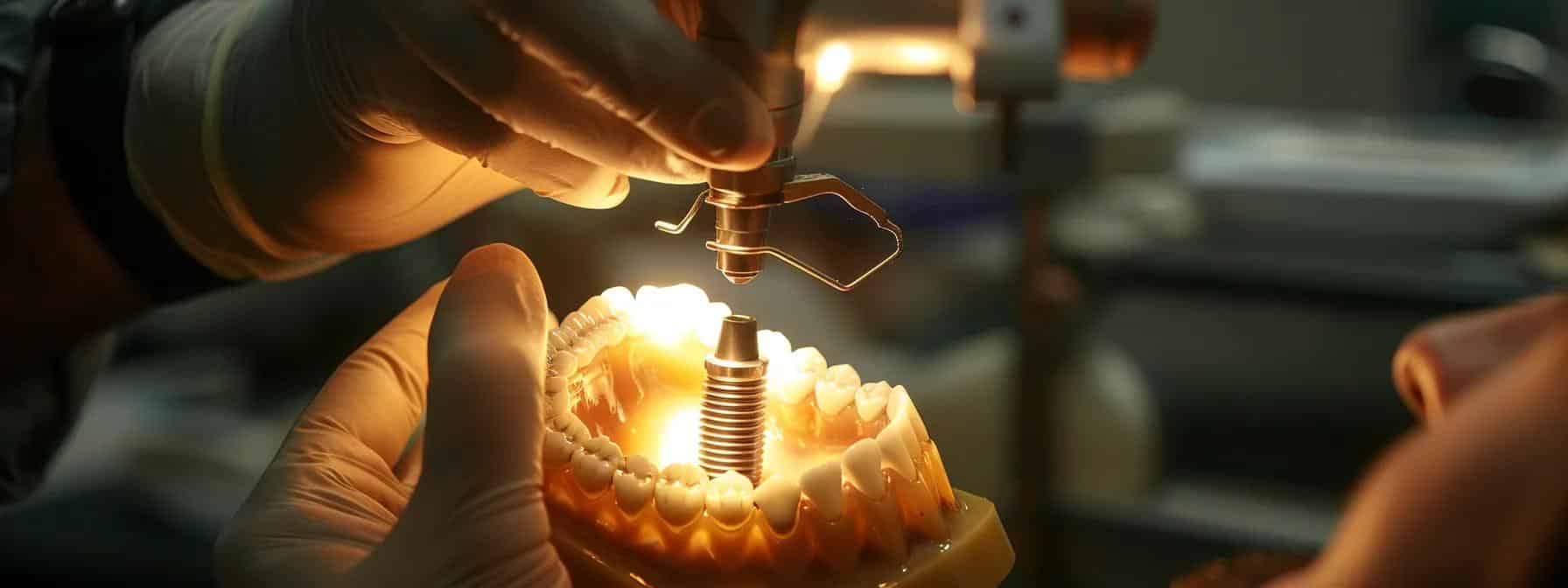Dental traumatic injuries can result in complications if not managed promptly and appropriately. Dislodged teeth and avulsed teeth need immediate attention to prevent lasting damage. Knowing how to act and what steps to follow can be helpful in reducing the risks associated with these injuries. Let’s explore the key recommendations for managing dental trauma effectively.
Common Dental Injuries
Knowing the types of dental traumatic injuries helps identify when immediate care is necessary. Here are the primary types often encountered:
- Dislodged teeth occur when a tooth is pushed out of its normal position within the socket, either partially or entirely. This injury often requires urgent dental care.
- Avulsed teeth, or knocked-out teeth, are completely removed from their socket. Prompt intervention to save and reimplant the tooth is fundamental.
- Chipped or fractured teeth occur when part of the tooth structure breaks away due to trauma. The severity can range from minor enamel cracks to significant fractures that expose the inner pulp, requiring restorative procedures.
- Cracked teeth involve splits or cracks that may run vertically, potentially extending into the root. These injuries often result in pain or sensitivity, especially when chewing, and require evaluation to prevent further damage.
- Soft tissue injuries involve lacerations or bruising to the gums, lips, tongue, or inner cheeks caused by impact or accidents. These often accompany other dental injuries and may require dental and medical attention.
Each injury requires specific management; postponing care could lead to complex complications.
Steps to Prevent Long-Term Damage
Effective handling and care following a dental injury reduces the risk of long-term issues. Here are key actions to address injuries promptly and carefully.
- See a Dentist Immediately
Visiting a dental professional as soon as possible is paramount for assessing the extent of trauma and initiating necessary treatments. If a dentist cannot be reached immediately, visit an emergency care facility that can treat dental injuries. Quick action preserves teeth and minimizes complications.
- Follow the Dentist’s Instructions
Once treated, following a dentist’s recommendations is fundamental to promote proper healing and prevent future complications. Dentists may prescribe specific medications, cleaning routines, or follow-up visits to monitor progress. Maintaining these instructions ensures the best possible outcome for recovery.
- Clean Your Mouth
Keeping the injured area clean is key to reducing the risks of infection and further irritation. To maintain hygiene, rinse your mouth gently with warm salt water. Avoid excessive force, as this may cause more damage to the injured tissue.
- Manage Pain and Swelling
Pain and swelling frequently accompany dental injuries. Applying a cold compress to the affected side can help reduce inflammation and discomfort. Over-the-counter pain relief, as directed by a professional, can also effectively manage pain.
- Avoid Hard Foods
Soft foods protect injured teeth and surrounding tissues during the recovery process. Hard foods, such as nuts, candy, or raw vegetables, can strain the affected area and delay healing. Making dietary adjustments is often a practical step to promote recovery.
By following these guidelines and prioritizing proper care, recovery from traumatic injuries can be both practical and timely.
Long-Term Care for Dental Traumatic Injuries
After addressing immediate concerns following a dental injury, long-term care plays a role in maintaining oral health. Regular dental check-ups are necessary to monitor the healing process. Proper brushing and flossing help preserve the health of the injured area, reducing the likelihood of future complications.
If apexogenesis or apexification procedures are performed, maintaining timely follow-ups with your endodontist ensures successful outcomes. These treatments often require periodic assessments to evaluate root formation and overall dental stability.
Explore Ways to Prevent Dental Traumatic Injuries
Taking prompt action and following the recommended steps after a dental injury can significantly reduce the risk of long-term damage. Knowing what to do next is key for safeguarding oral health, whether managing a dislodged or avulsed tooth. Schedule an appointment with your dentist today for tailored guidance or detailed follow-up care.









Leave a Reply